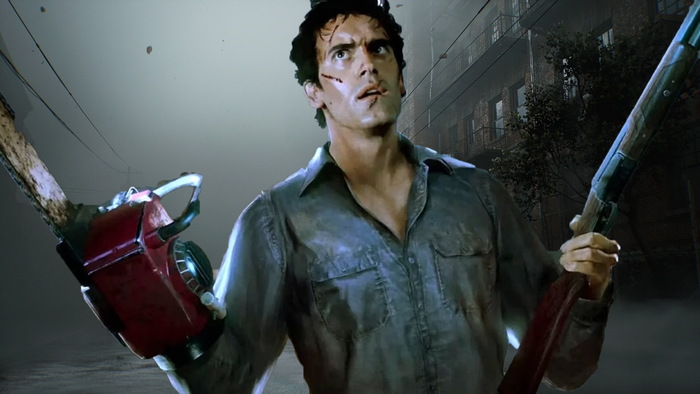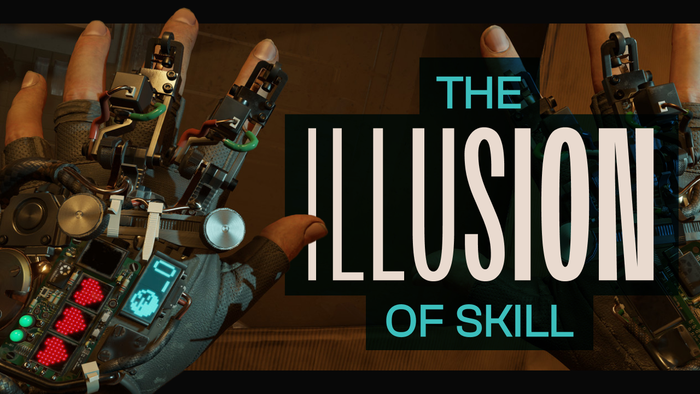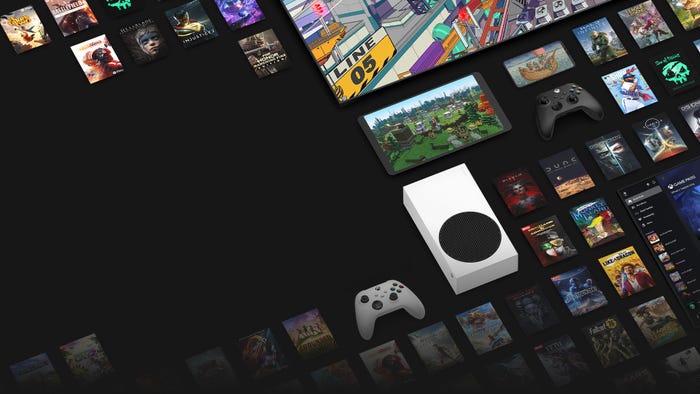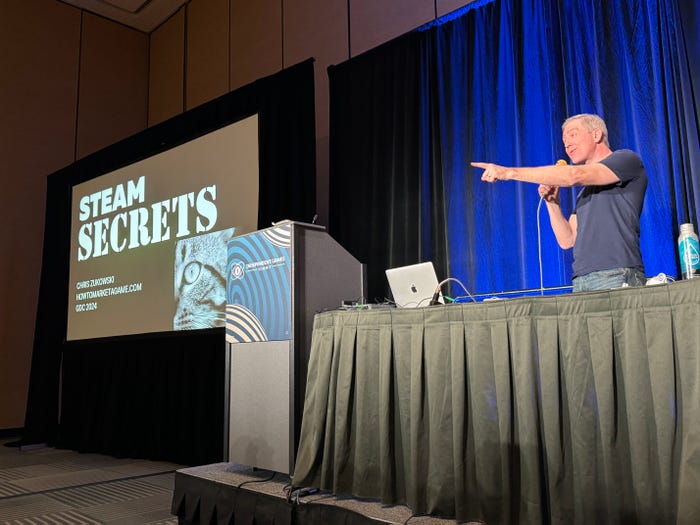
Featured Blog | This community-written post highlights the best of what the game industry has to offer. Read more like it on the Game Developer Blogs or learn how to Submit Your Own Blog Post
ScribbleNauts, Almost Perfection
ScibbleNauts is such a great and innovative game. So where did it go wrong?

The following is a reprint of an article previously published at http://www.tracilawsonmedia.com
I don’t remember when I first read about ScribbleNauts, but it feels like it was almost a year ago. The anticipation has been brewing on this one a long time, and it paid off for Warner Brothers and 5th Cell, because it has been the top selling DS game since its release. It truly is an innovative game. It’s a side scrolling puzzle game where the player has to solve various predicaments they encounter, such as keeping ants away from a picnic, or gathering flowers for a florist. When you complete the mission, a Starite appears and when you’ve touched it, you can proceed to the next level.
So what’s so innovative about this game? To solve the puzzles, you have to write. Our hero, Maxwell doesn’t have any of the tools he needs to solve these problems. The player must use her imagination to decide what Maxwell needs. Anything she writes down pops onto the screen. Then it’s only a matter of manipulating the items you’ve conjured to help Maxwell get the task solved. Rumors on the internet say the dictionary is loaded with over 22,000 possible items you can summon. Sounds like the makings of a terrific game!
When my copy of ScribbleNauts arrived in the mail, I told my boyfriend all about it. He hadn’t heard of the game, but after hearing my description, he curiously looked over my shoulder as I started up my DS.  About 5 minutes in, he walked away and asked me to call him back over when it got good. One thing was for sure. This game ignored the rule of giving your players something fun and exciting from the get go. What does the game start with? A mandatory and lengthy tutorial with lots of reading. Borrrrring! Tedious, and unnecessary. It would have made much more sense to allow players to figure out the simple introductory levels on their own and enjoy some fiero type of fun without interrupting their thought processes with boxes of instructional text. When you encounter a hammer and a wall, you are told step by step to first pick the hammer up, and next you are instructed to bash apart a plank. In the next stage, they give you a shovel and tell you that you can dig into dirt, but not rock. Before you prepare Maxwell to make his first jump in the game, a pop-up box actually interrupts you to say “Maxwell automatically jumps over small obstacles, gaps, or ledges during movement.” I would assume they did usability testing with grade school aged kids to see if they would understand how to play the game, but I am skeptical that players wouldn’t have been able to figure out any of these things on their own, so that leaves me to wonder.
About 5 minutes in, he walked away and asked me to call him back over when it got good. One thing was for sure. This game ignored the rule of giving your players something fun and exciting from the get go. What does the game start with? A mandatory and lengthy tutorial with lots of reading. Borrrrring! Tedious, and unnecessary. It would have made much more sense to allow players to figure out the simple introductory levels on their own and enjoy some fiero type of fun without interrupting their thought processes with boxes of instructional text. When you encounter a hammer and a wall, you are told step by step to first pick the hammer up, and next you are instructed to bash apart a plank. In the next stage, they give you a shovel and tell you that you can dig into dirt, but not rock. Before you prepare Maxwell to make his first jump in the game, a pop-up box actually interrupts you to say “Maxwell automatically jumps over small obstacles, gaps, or ledges during movement.” I would assume they did usability testing with grade school aged kids to see if they would understand how to play the game, but I am skeptical that players wouldn’t have been able to figure out any of these things on their own, so that leaves me to wonder.
Another thing that’s confusing about the game are the so-called “hints” that are forced upon you at the beginning of every level. Now, the creators of this game clearly give their players a lot of credit, presuming they will be smart enough to know what objects to conjure to help them solve the puzzles. On the other hand, they don’t expect the player to be able to figure out what needs to be solved in the first place. They spell it out for you. This takes away from the creative problem solving opportunity and instead makes the game more of a worksheet-like, ‘follow these steps’ activity similar to what children experience in so many school ditto sheets. It also eliminates the opportunities for fiero that the game would have otherwise had if they had just left it alone.  For example, one level features a kitten meowing on top of a tall house, and an upset young girl on the ground, looking up at the kitten. You might like to take a split second to decide that your mission is to rescue the kitten and reunite him with the girl, but the game doesn’t take any chances that you won’t be able to figure that out. A “hint” automatically displays every time the level is loaded. It makes the game feel very unnatural to on one hand be trusting the player with so much creativity, and at the same time assume they won’t be able to make sense of even the most straight forward scenarios. I’m sure advanced levels in the game are more complex and may stump the player enough to require a hint. A better alternative would have been to integrate more natural hints, like allowing Maxwell to talk to characters about what distresses them, or having a button you can hit to request a hint when you really need one.
For example, one level features a kitten meowing on top of a tall house, and an upset young girl on the ground, looking up at the kitten. You might like to take a split second to decide that your mission is to rescue the kitten and reunite him with the girl, but the game doesn’t take any chances that you won’t be able to figure that out. A “hint” automatically displays every time the level is loaded. It makes the game feel very unnatural to on one hand be trusting the player with so much creativity, and at the same time assume they won’t be able to make sense of even the most straight forward scenarios. I’m sure advanced levels in the game are more complex and may stump the player enough to require a hint. A better alternative would have been to integrate more natural hints, like allowing Maxwell to talk to characters about what distresses them, or having a button you can hit to request a hint when you really need one.
The word selection in the dictionary is also a curious thing. The game is rated E10+ by the ESRB, because it includes weapons and enables mild violence. The dictionary includes a gun, a knife, and other weapons. You can use them to kill other human characters in the game, and animals. Sometimes, the game even appears to be encouraging you to do so. In Level 1-11, a bee attacks you and prevents you from completing your task. I tried everything I could think of to trap the bee and keep him out of my way. I created a beehive I thought he might like to go into. I conjured a flower, thinking he might forget me and go collect nectar. I tried using a net to catch him. All of these were fruitless. The bee kept attacking me anyway. So next, I made a gun and shot him. That got him out of the way. Was this really necessary?
When my boyfriend tried the game, one of the first things he tried to create was poop. What kid doesn’t like poop? Every animal makes poop, and poop has so many uses. Why not include poop? But no, there’s no poop in this game. Knives. Guns. But no poop. *shrugs*
The user interface certainly has its problems too. Chief among them is the fact that you move items in the same way that you move Maxwell, and that is by tapping the area with your stylus. It's very easy to move Maxwell when you only intended to move an item. In most instances, this is just obnoxious. But sometimes when you are interacting with objects in a dangerous area, say you're trying to build a cage around a ferocious animal, then one errant tap will bring Maxwell right over into harm's way. Incredibly frustrating, and entirely preventable from a designer's perspective. They could have easily designated the + control to move Maxwell, and kept the X Y A B buttons for camera movement, rather than having both sets of buttons serve the same function.
All in all though, this is a terrific game, and I feel bad about dwelling on the bad parts. It’s just frustrating to play this game and know it’s so close to perfection. It's very sad to think about how much better the game could have been with just a bit of child usability testing. With sales numbers this high, it seems likely they’ll want to make a sequel. I hope they smooth out these imperfections and bring us a game that’s even more enjoyable in future iterations!
Read more about:
Featured BlogsAbout the Author(s)
You May Also Like


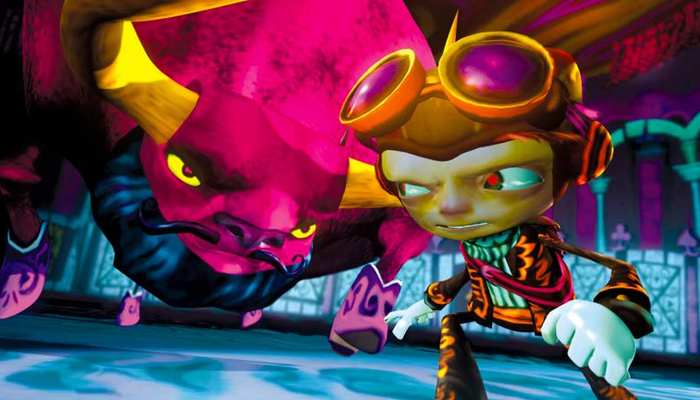


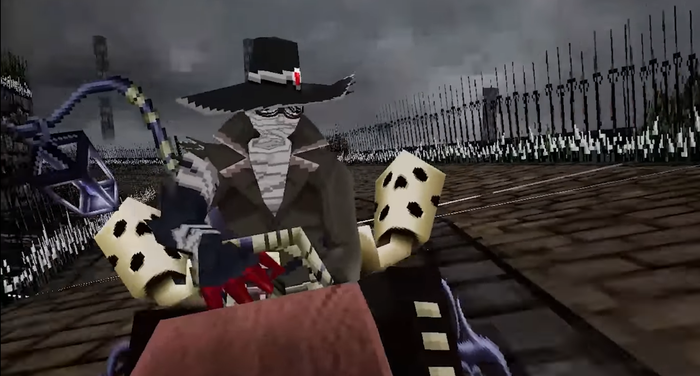
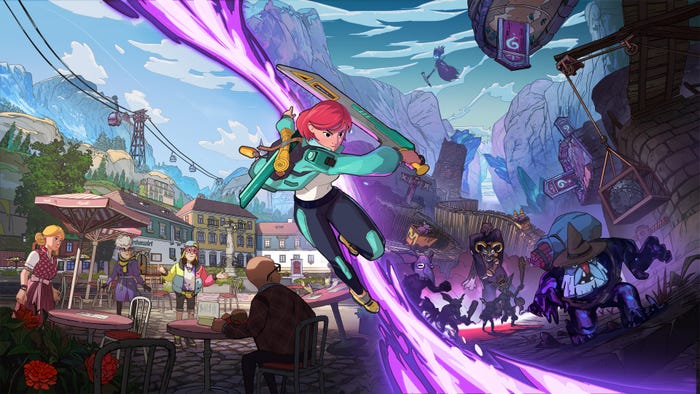
.jpeg?width=700&auto=webp&quality=80&disable=upscale)


